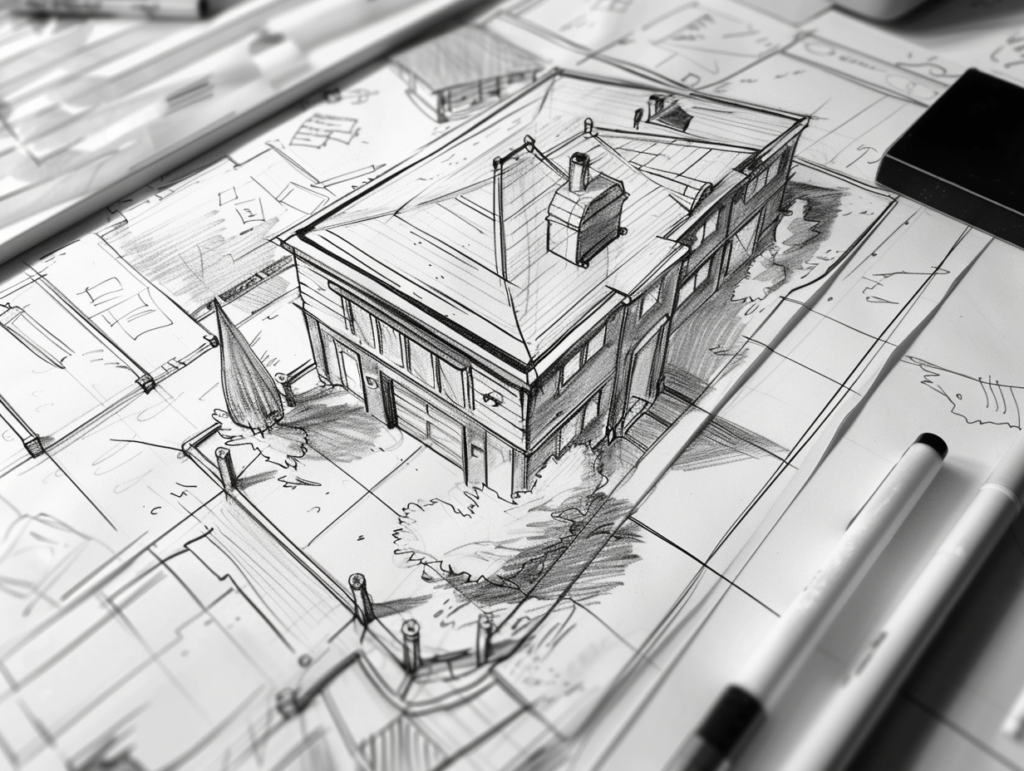How to Storyboard: Ultimate Step-by-Step Guide (2024)
Before a movie makes it to the big screen, a storyboard artist transforms the script into visual sequences. Discover the creative process of storyboarding, learn which camera shots enhance storytelling, and get valuable career tips for entering this crucial pre-production role.
What is a Storyboard? Understanding the Basics of How to storyboard
“A storyboard is the first visual representation of your film, and it’s the closest you’ll get to see it before you start shooting.” — James Cameron
A storyboard is a sequence of drawings that visually narrates a screenplay or script. Ranging from detailed illustrations to simple stick figures, the primary function of any storyboard is to provide a clear visual guide for production teams to follow. Storyboards can vary greatly in detail, but as long as they convey information and emotion effectively, they serve their purpose well.

Bringing a Storyline to Life with a Good Storyboard
Storyboards serve as visual representations of a script, initiating the process of transforming a story into a visual medium. They are crucial in the pre-visualization phase for everything from Disney animations to live-action films. Storyboards allow the director to communicate their vision to a hundred other people on set.
Storyboard artists aren’t just following orders; they are storytellers who creatively break down scenes shot by shot, including all pertinent details. Initially, always aim for dynamic or interesting elements in storyboards. While special effects exceeding the production budget can be cut later, the storyboard should prioritize compelling storytelling.

The Storyboarding Process: Crafting and Combining Camera Shots
In storyboarding, the focus isn’t just on storytelling. It involves envisioning various types of shots to establish tone and character. Storyboard artists utilize different camera angles and shots to inject action, drama, and emotion into scenes. Directors then develop their shot lists based on these storyboards. Choices like establishing shots, extreme close-ups, and character framing are made initially by the storyboard artist.
Learning Effective Shots: Mastering the Basics
To master storyboarding, start with three fundamental types of shots: a single shot focusing on one person, an over-the-shoulder shot looking past one character to another, and a two-shot featuring both characters interacting. Bouncing back and forth between these shots isn’t hard. Storytelling comes in how you order those shots and when you zoom in or out to enhance emotion.
Your initial storyboard will be an educational experience. Practice will help you refine your skills and experiment with new ideas. One way to practice is to grab a screenplay for something you haven’t seen and do a storyboard. Compare your work to how professionals handled the same scenes to learn their techniques.
AI Storyboarding: Revolutionizing the Process in 2024
AI storyboarding is transforming how storyboards are created, making the process faster and more efficient. By using AI tools, filmmakers can generate storyboard templates and visual sequences quickly, allowing for rapid iteration and refinement. AI filmmaking tools can analyze scripts and suggest appropriate shots, camera angles, and scene compositions, which streamlines the storyboarding process and enhances creativity.
AI storyboarding can help storyboard artists by automating repetitive tasks, freeing up more time for creative decision-making. It can also provide valuable insights into shot composition and pacing, which can improve the overall quality of the storyboard. Embracing AI filmmaking technology ensures that storyboard artists remain competitive in a rapidly evolving industry.

Breaking into a Storyboarding Career: Tips and Strategies
Whether you aim to become an animator, work on live-action films, or create storyboards for music videos or marketing content, building a portfolio is essential.
Once you’ve identified the type of work you want to pursue and have started creating your own storyboards, add them to your portfolio. Next, examine the film credits of projects you aspire to work on and network to get your work noticed by the right people. Showing a range of skills, such as the ability to handle both action scenes and something like Bob’s Burgers, will make you stand out even more. Artists with a background in comic book drawing often excel because they are skilled in anatomy and composition.
